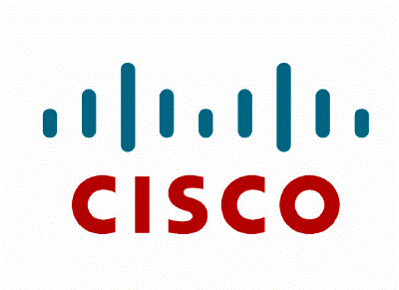The number of managed-services platform options in the channel has continued to grow now that Cisco has formally unveiled the Cisco Meraki Managed Services Dashboard. Based on the managed-services platform that Cisco gained when it acquired Meraki last year, the Meraki managed-services platform, under the umbrella of the Cisco Cloud Networking Group, has now been optimized for Cisco networking environments.
In addition, Cisco is doubling the amount of money it will spend on partner incentives and programs to $150 million in fiscal 2014, while also committing to generating $1 billion worth of qualified sales leads.
As customers increasingly shift from making capital expenditures to a cloud computing approach—which treats IT investments as operating expenses—Cisco partners need a platform on which they can tightly couple the management of services and Cisco networking equipment, said Prashanth Shenoy, a product marketing manager in the Network Systems and Security Solutions Marketing Group at Cisco.
As part of achieving that goal, Cisco at the recent Cisco Partner Summit 2013 conference also unveiled the Cisco Catalyst 2960-X series, a Gigabit Ethernet upgrade to its most popular line of switches. Later this year, the line will include support for the Cisco onePK application programming interface. In general, Cisco research indicates that a significant refresh of networking infrastructure is about to get under way.
Shenoy said that as cloud computing expands the opportunity to deliver managed services, channel partners are looking at a twofold opportunity. The first is upgrading network infrastructure to support the bandwidth requirements being generated by video, voice and mobile computing applications. The second is the automated delivery of the services needed to manage those applications.
In fact, Cisco said that roughly 1.4 million midsize businesses spend $25 billion on technology and another $30 billion on IT services.
In the small- and midsize-business (SMB) space, the opportunity will be particularly significant because treating IT as an operating expense will allow those organizations to more easily consume larger amounts of IT, Shenoy said
“The cloud levels the playing field between SMBs and the enterprise,” said Shenoy. “A lot of SMB organizations barely have any IT staff, so they need a plug-and-play way to manage it.”
That’s increasingly important because, as the overall IT environment becomes more complex, the greater the need will be for the IT expertise of channel partners.
As part of an overall effort to work more closely with channel partners to exploit that opportunity, Cisco also updated its Cloud Services Provider channel program to include new marketing materials, additional rebates and a provision under which Cisco salespeople get compensated for products and services sold through channel partners.
When it comes to managed services, however, the decision that channel partners will have to make is, to what degree they want to standardize on a managed-services platform from Cisco versus a half dozen or more other options that provide deeper support for multi-vendor environments.
While Cisco clearly has a dominant share of the networking market, the fact remains that when you add up all the other IT gear that customers have installed, a more heterogeneous approach to managed services may be required to satisfy customers that have decided not to fully standardize on Cisco networking equipment.
In the meantime, solution providers in the channel should take comfort in the idea that no matter what direction they take in pursuing managed services, the rise of cloud computing appears to be increasing the size of the total available market more than at any time in the last decade.
Michael Vizard has been covering IT issues in the enterprise for 25 years as an editor and columnist for publications such as InfoWorld, eWEEK, Baseline, CRN, ComputerWorld and Digital Review.

